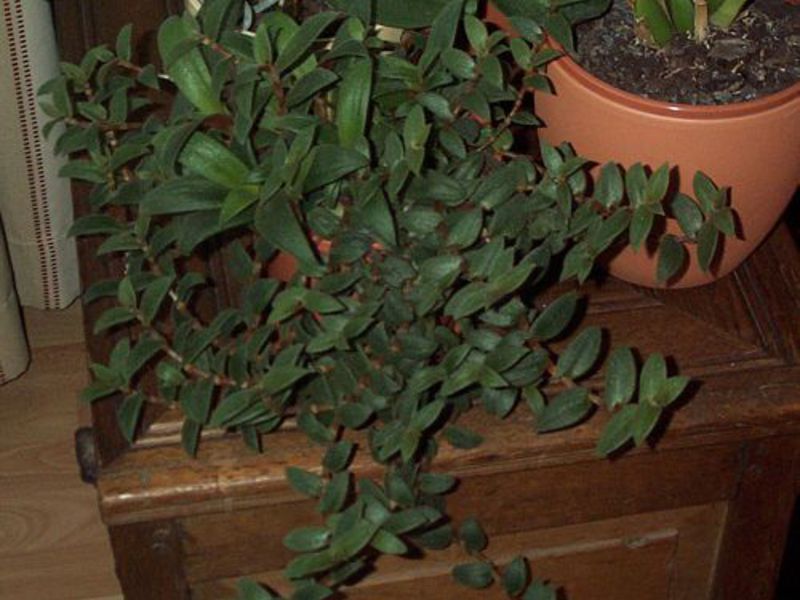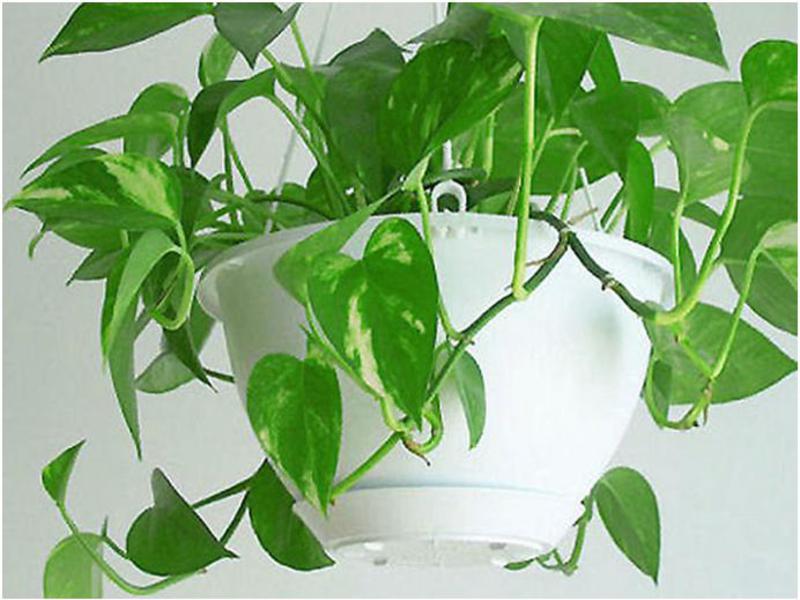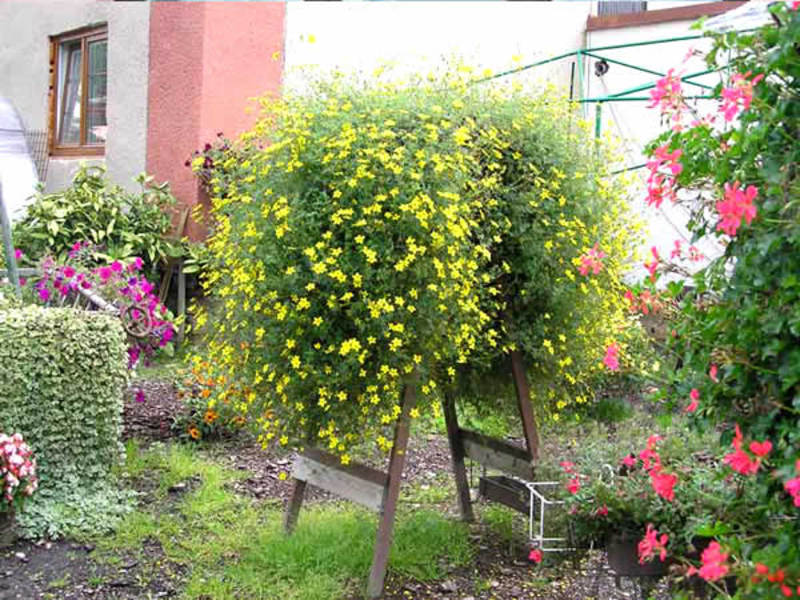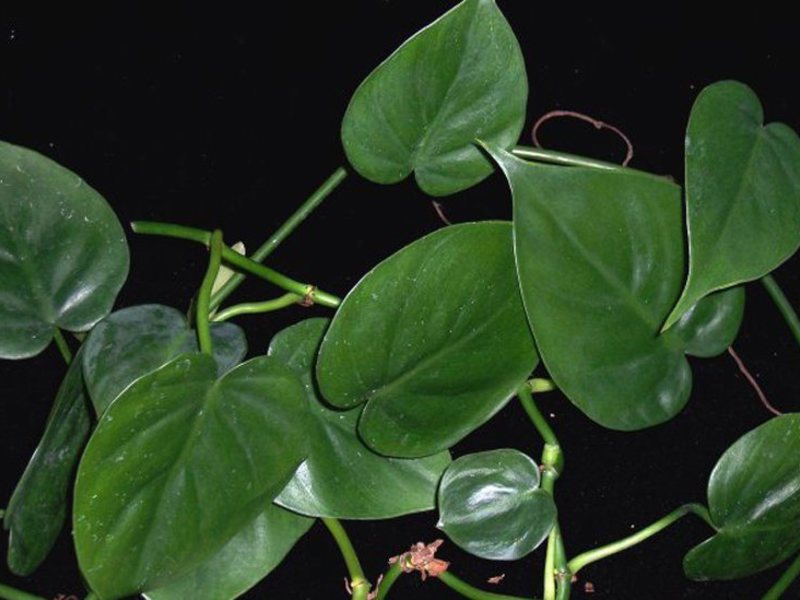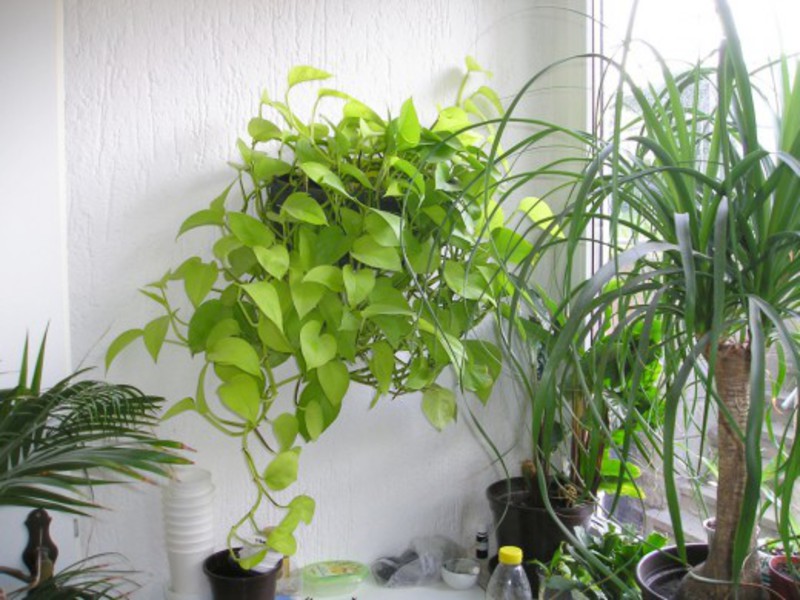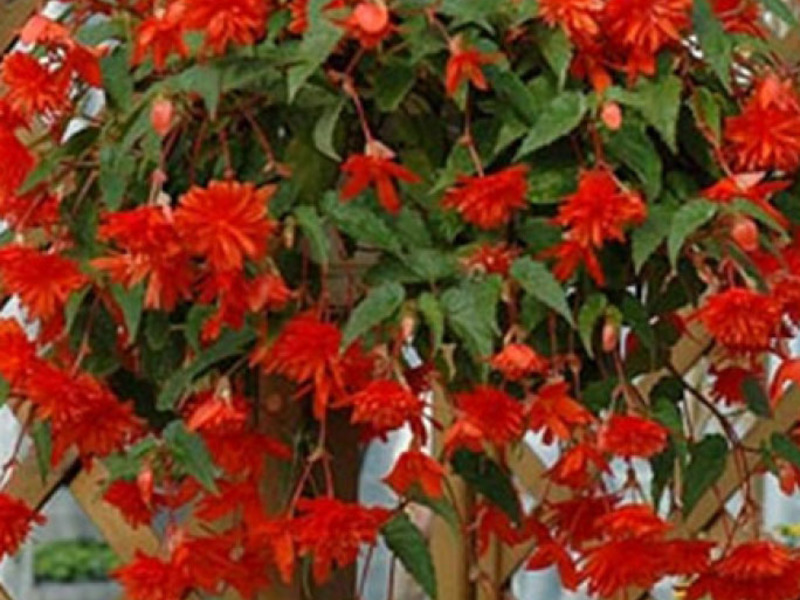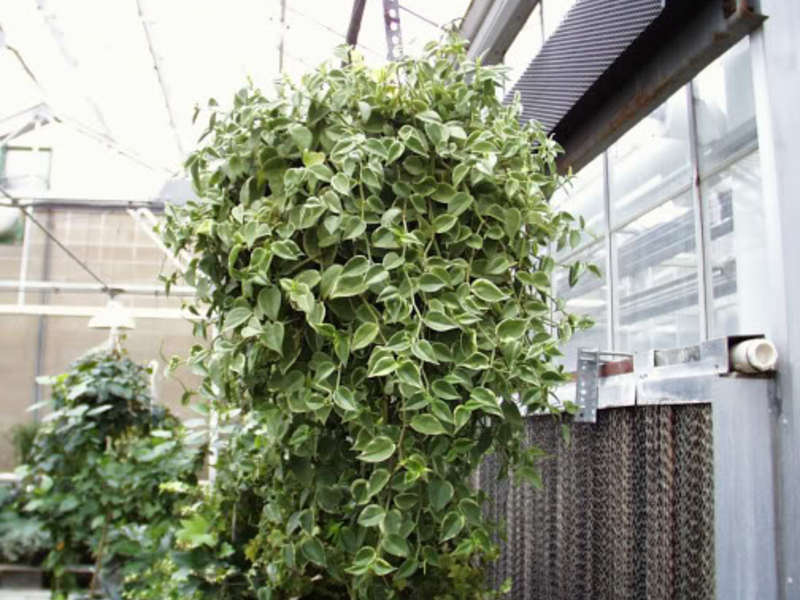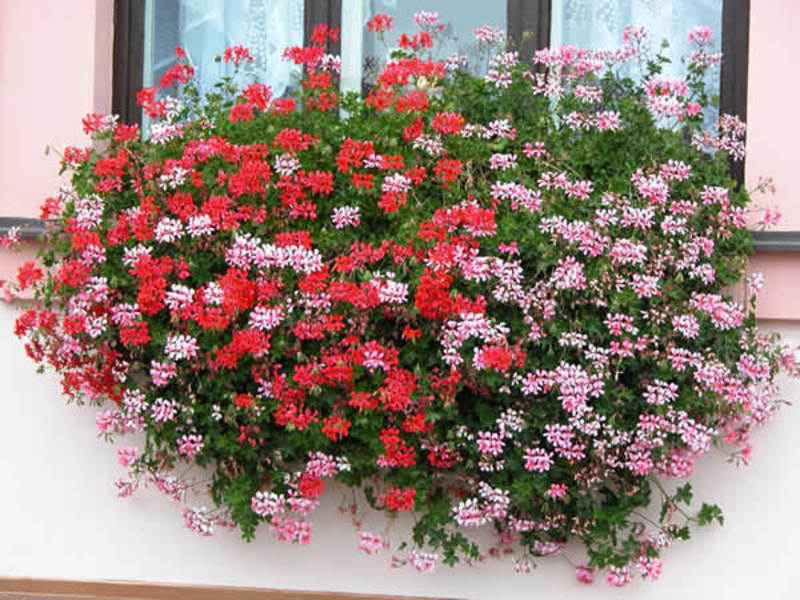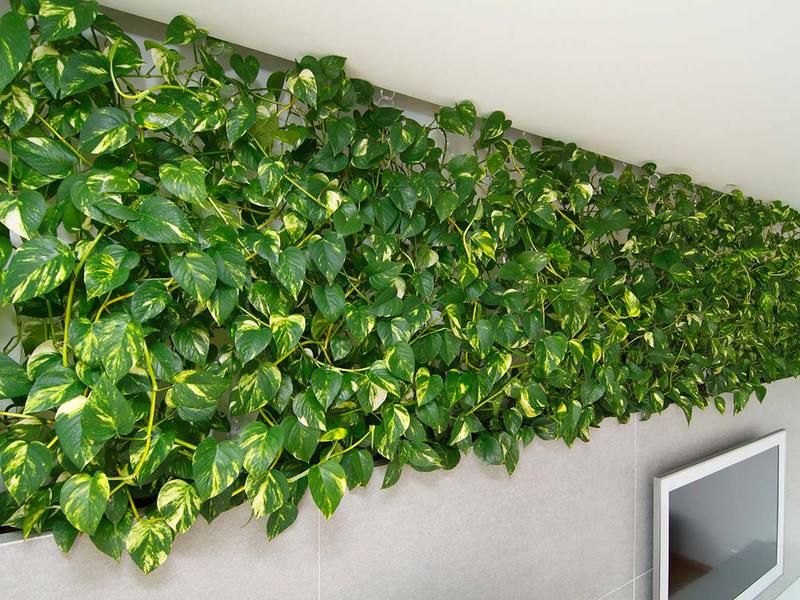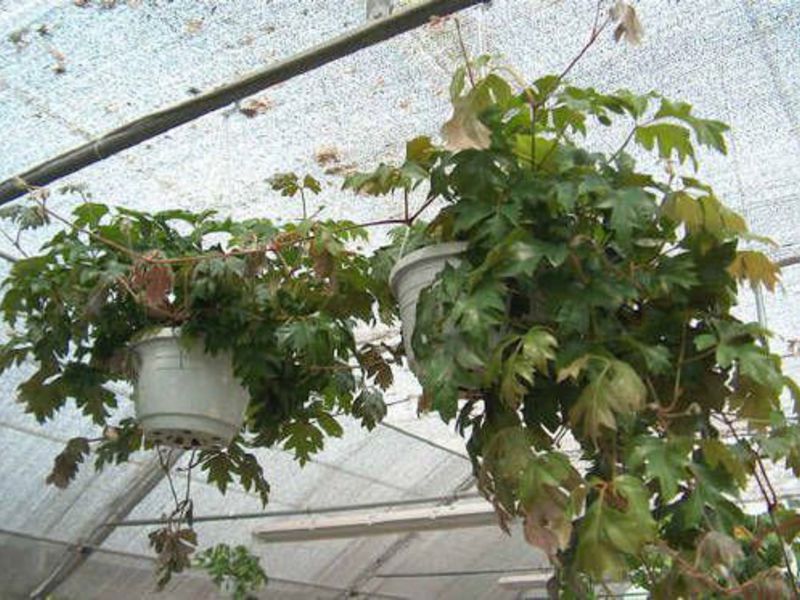Most of the ampel houseplants are very unpretentious, therefore they are quite suitable for those who have never kept flowers at home and do not know how to properly care for them. In addition, among the ampelous flowers, there are many types that look impressive, which will allow you to surprise others without spending much effort.
These flowers are united by one trait, they all have a long flexible stem that spreads over a suitable surface or wraps around the supports installed nearby.
Ampel plants for the home, as a rule, placed on the walls, fixed in a suspended state on windows. So, you can place these flowers on shelves attached to the wall or in special pots, which are connected with fasteners with their various devices.
Ampel indoor plants: types, names
Currently, experts distinguish three types of ampel indoor plants:
- Blooming.
- Ampel succulents.
- Decorative deciduous.
In the form of "blooming" for everyone it is clear already from the name, ampelous flowers are highlighted, which are decorated with blooming buds. Blooming ampelous begonia, jasmine, fuchsia, nertera, hoya are prominent representatives of this species.
Zygocactus, Ripsalis and Leuketi aporocactus are ampelous succulents.
Decorative foliage flowers differ from other ampelous species with beautiful leaves. These include tradescantia, ivy, asparagus, creeping ficus.
Of course, not all the names of ampelous plants that are used for growing at home are listed. From all the abundance and diversity, the most common and brightest representatives of these species have been selected.
How to care for indoor plants?
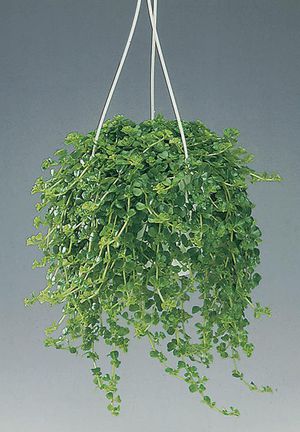 Many of these plants are descendants of flowers brought from southern, hot countries. But adapting to the environment, houseplants are unlikely to feel good under the scorching rays of the sun on the windowsill windows.
Many of these plants are descendants of flowers brought from southern, hot countries. But adapting to the environment, houseplants are unlikely to feel good under the scorching rays of the sun on the windowsill windows.
But do not think that all flowers can survive if the pot with them is far away from the source of natural light. Some flowers like light, others like shadow, but it will be problematic to survive long without light.
Depending on the type of plant, you need to choose a place for their permanent finding. It should be borne in mind that flowering species grow well and fully develop in places close to the eastern or western windows.
Ampelous succulents and decorative leafy they do not like lighting as much as blooming ones, so they can be placed not near the window, but in the back of the room. But it should be borne in mind that the farther from the light source the decorative leafy flower grows, the dimmer the pattern on the leaf will be.
It is better to choose plastic pots for planting such plants. They are lightweight and will not add weight by loading the suspended structure or shelf on which they will stand. This is important, since in a suspended state, excess weight can subject the support and plane to a difficult test, which can provoke a fall, after which the ampelous flower may die.
An indoor flower does not like excessive moisture, therefore, a drainage system must be well arranged in the pot, which would not allow excess water to stagnate. Drought is less of an enemy for such flowers than excessive humidity.
If the indoor flower is suspended, then it is necessary spray periodically... Once a month, you need to do additional water procedures in the form of a shower. Only water should not fall on the ground, therefore, it is better to close the area of the earth with plastic bags, hermetically fixing it with tape.
All novice lovers of ampelous flowering species need to know that from the period of the appearance of the first bud, the plants should be left alone and no additional procedures should be carried out except for watering.
In order for an indoor flower to grow beautifully and develop symmetrically, you need to monitor how long it stands with one side to the lighting. The more often the procedure for turning the pot is carried out, then one side or the other, the more beautiful and harmonious the plant grown at home will look.
Every year in the spring, ampelous plants require transplant... It needs to be produced in new soil. If the flower has grown very much, then you need to increase the volume of the pot by at least a centimeter.
The heating season is a big test for all indoor plants. Therefore, when this period comes, it is better to constantly keep a container filled with water closer to the plants. It will increase the humidity of the air, which will be useful not only for flowers, but also for all the inhabitants of the house.
How to propagate an indoor ampelous flower?
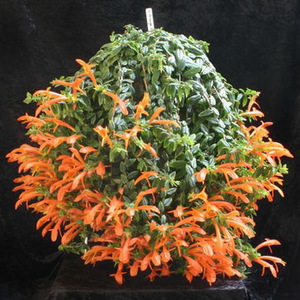 Ampel indoor flowers reproduce in two ways:
Ampel indoor flowers reproduce in two ways:
- Seeds.
- Cuttings.
Flowering plants propagate by seeds. As a rule, after the flowering period, the process of setting seeds takes place, which are subsequently collected and dried.
All non-flowering ampelous plants reproduce by cuttings... A young healthy shoot is cut off from the main stem at the branch point and rooted in water or in the ground.
Among the abundance of flowers, ampelous plants stand out for their unpretentiousness, so they are easy to care for and propagate if desired. Applying simple rules for caring for these plants, you can decorate your home and create the coziness that live flower arrangements grown by your own hands bring with your presence.
